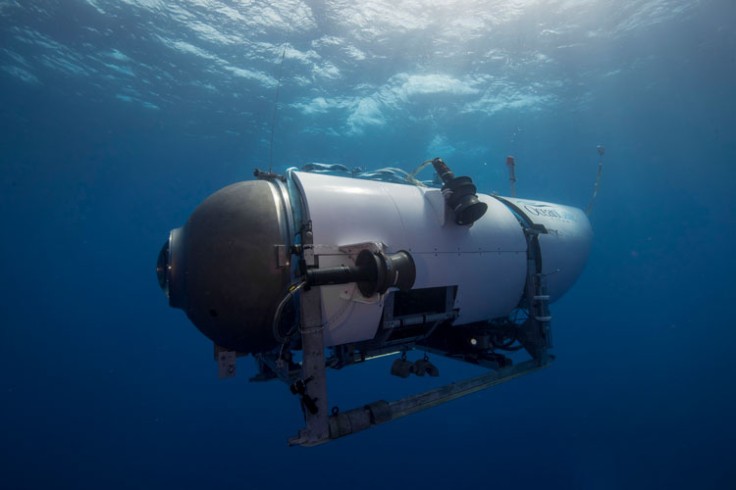The whole world knows about the submersible that imploded near the Titanic wreck. Many experts believed that the worst-case scenario has already happened, and they were right. Here's what you should know about the OceanGate submersible that took five lives.

1. It was called Titan
Most news headlines refer to the submersible as the "Titanic submersible," mostly because it is the most recognizable association with the marine vehicle. It was, after all, meant to explore the location of the Titanic wreck, but the submersible is actually named "Titan" by OceanGate Expeditions.
2. There Were No Seats
In case you haven't seen it in the hundreds of articles that were written about the incident, each seat was worth $250,000, although "seat" is not exactly the right term, given that there were no actual seats inside the submersible. All the passengers were just seated on the floor in a cramped space.
3. Debris Was Found Near the Wreck
A lot of resources were poured into finding the submersible, but it was a robotic diving vehicle from a Canadian ship that first found debris from the submersible. According to Reuters, it was found on the seabed around 1,600 feet from the bow of the Titanic, four kilometers below the ocean's surface.
4. Its Hull Depth Rating was Reduced
The Titan submersible has already gone through successful trips before, even though it was advised not to go beyond its capabilities. In a successful trip underwater in the Bahamas, it managed to dive 4,000 meters below the surface.
However, the vehicle already showed signs of cyclic fatigue, which meant that there were already signs that it couldn't take that much pressure anymore. Its hull depth rating was reduced to 3,000 meters prior to its expedition to the wreck, 3,800 meters below the surface.
5. The Implosion was Instantaneous
Before the search operation found debris from the submersible, everyone was worried that the passengers would run out of oxygen, which means that they would be aware of the end, but that was not the case.
The implosion means that they have passed before they even knew what was happening. The water pressure in the depth the submersible was in was equivalent to 10,000 tons in weight, according to NBC News.
6. It Almost Made It
Reports say that the submersible lost contact with the ship on the surface an hour and 45 minutes into its voyage below the surface. It was a two-hour dive before they reached the Titanic wreck, which means they were approximately 15 minutes away from the destination before the tragedy took place.
7. The OceanGate CEO was Warned Many Times
OceanGate CEO Stockton Rush had been warned by many specialists and experts saying the vehicle was too experimental or unstable to go on such a trip. A former employee was even fired for not authorizing it to be used. However, BBC reports that he refused to listen.
When told that he was putting his clients at risk and should have the submersible be certified by an independent body, he responded by saying that he was "tired of industry players who try to use a safety argument to stop innovation."
Related: Titanic Submersible Parts Found After 'Catastrophic Implosion'









